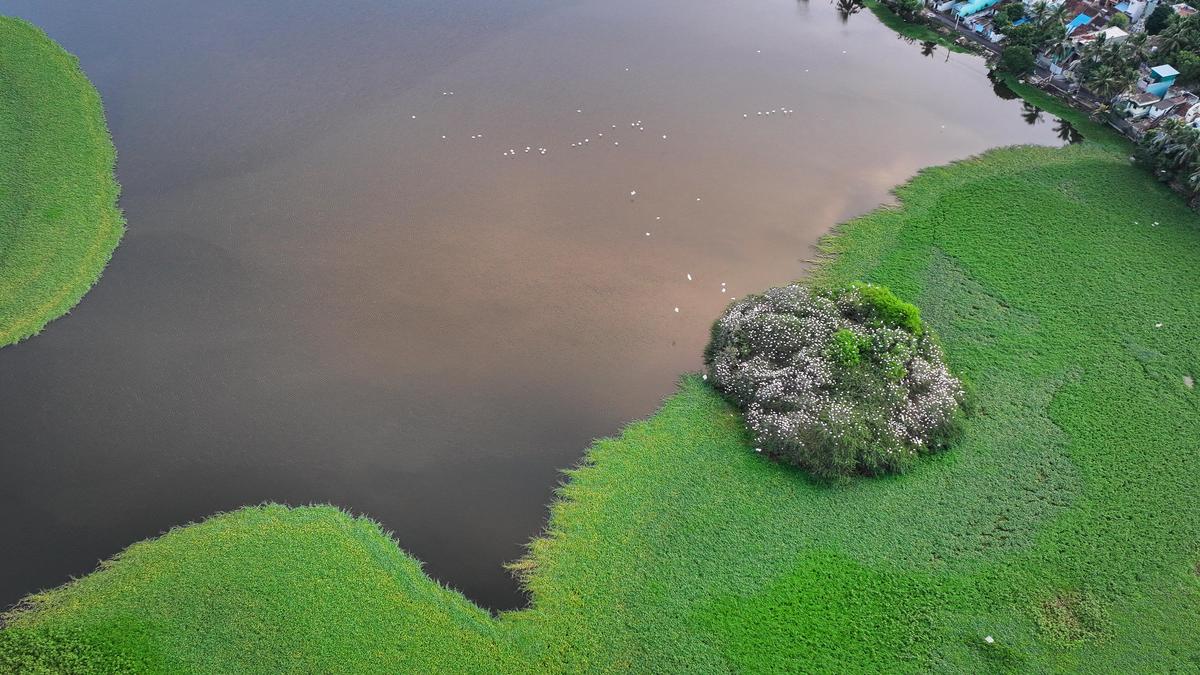Tamil Nadu, with its rich biodiversity, is a haven for animals, birds, and fishes. The State’s concerted efforts to preserve and protect it have been acknowledged internationally. However, anthropogenic activity on the edges of pristine natural beauty hangs like a Damocles’ sword, threatening the biodiversity itself. In one such case, B. Kolappan and Shankari Nivethitha B. find that Suchindram lake, a waterbody that attracts migratory birds and a Ramsar site in Kanniyakumari district in south Tamil Nadu, is being threatened by human activity
Tamil Nadu, with its rich biodiversity, is a haven for animals, birds, and fishes. The State’s concerted efforts to preserve and protect it have been acknowledged internationally. However, anthropogenic activity on the edges of pristine natural beauty hangs like a Damocles’ sword, threatening the biodiversity itself. In one such case, B. Kolappan and Shankari Nivethitha B. find that Suchindram lake, a waterbody that attracts migratory birds and a Ramsar site in Kanniyakumari district in south Tamil Nadu, is being threatened by human activity
